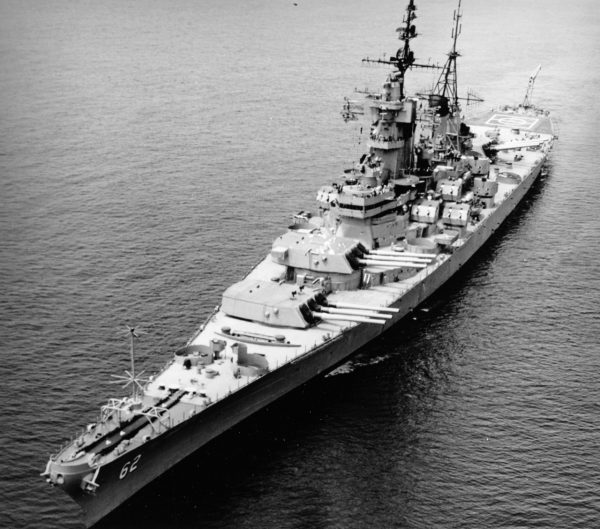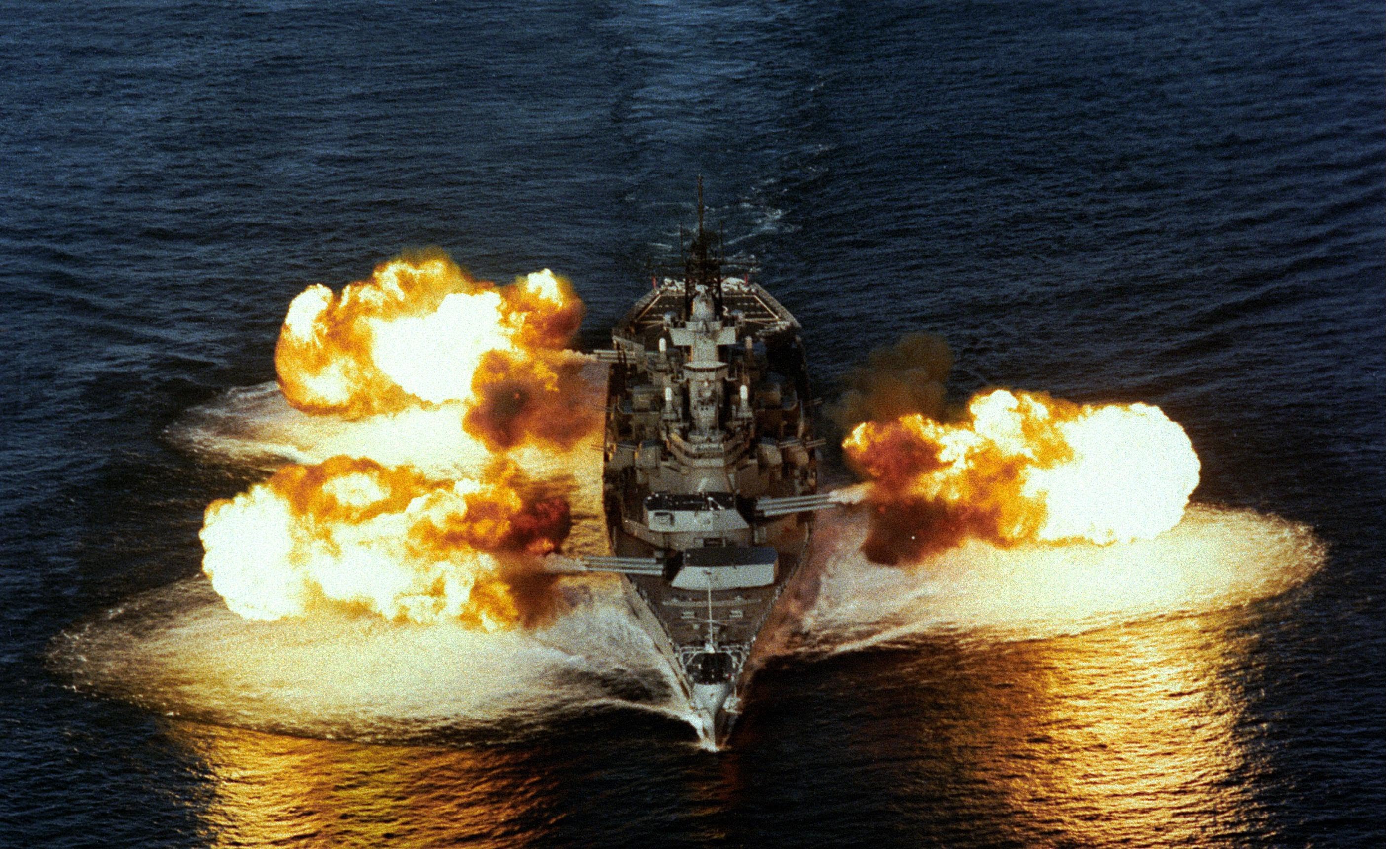May 23 in U.S. military history
1862: Confederate forces under the command of Maj. Gen. Thomas J. “Stonewall” Jackson strike, outmaneuver, and – with textbook coordination of infantry, cavalry, and artillery – decisively defeat Union Army forces under Col. John R. Kenly at Front Royal, Virginia.
1943: The most decorated battleship in the U.S. Navy, USS New Jersey (BB-62), is commissioned at Philadelphia. “The Big J” earned 19 battle stars and numerous other commendations during her 48 years of service, which covered actions in the Pacific Theater of World War II, Korea, Vietnam, Lebanon, and the Persian Gulf.

1944: In Italy, VI Corps at the Anzio Beachhead begin their breakout. Fighting is intense – the 3rd Infantry Division suffers nearly 1,000 casualties, the most by any American division in a single day of the entire war, and the German troops defending Cisterna are annihilated in house-to-house combat.
The breakout is a success. Rome will be in Allied hands in days.
1967: U.S. congressman James Howard reads a letter sent from a Marine serving in Vietnam stating that most of the casualties in the Battle of Hill 881 were due to malfunctions with the unit’s new M-16 rifle. The weapon is shorter and lighter than the M-14 it replaced earlier in the year as the U.S. military’s standard service rifle, but does not come with adequate cleaning kit as the new rifle is billed as self-cleaning. Serial reports of dead soldiers and Marines found next to their malfunctioning M-16s anger the American public, until improvements to the rifle and ammunition make the weapon far more reliable.
Over 50 years later, the M-16/M-4 platform remains the standard rifle of the U.S. military.

You’re welcome.
Semper Fi
Thank you for your service, sir.
I was there in Vietnam in early 1967 when the M-16s were first fielded and saw them fail at high rates. The chambers would be plugged by a fired cartridge case, nearly impossible to clear in less than several minutes during desperate firefights. The safeties would stick on “safe” and required us to hit the safety levers with a bayonet butt to move it. The sights were difficult and counterintuitive to adjust and the initial ammunition was ineffective: I often saw the enemy hit and just keep running.’
I complained to my Congressman back then – and quickly retrieved my M-14 – and the only response we got at the time was to blame us for “improper cleaning and lubrication”. Only much later did they admit that the ammunition was different than designed and caused those catastrophic failures. It was shameful and it cost us many, many good young men.
Weapons and their ammunition needs to be thoroughly tested before lives are entrusted to them. The people who pushed the inadequately tested M-16s on us bear that sin on their souls.